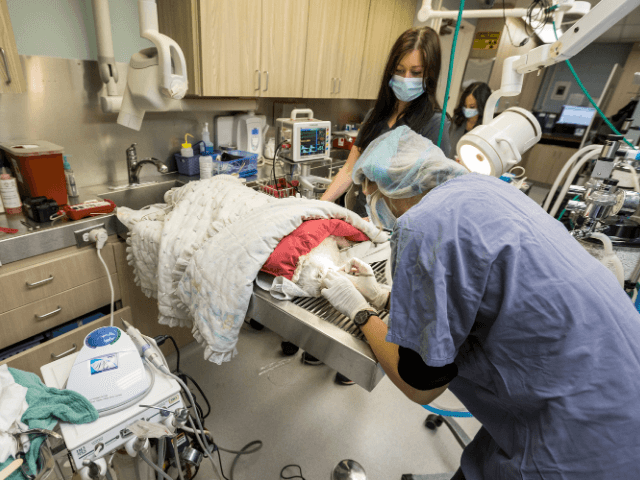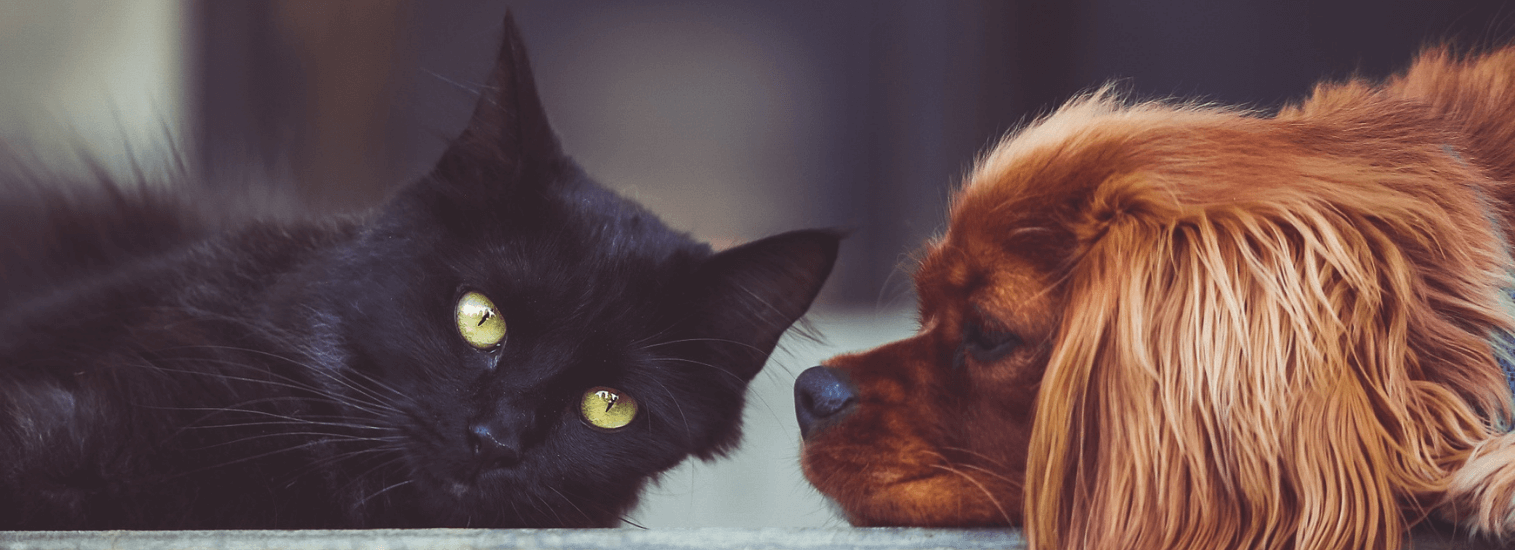
At the Drake Center, we recognize that dental and periodontal disease affects nearly 85 percent of all cats and dogs over three years of age. This disease is a frequent source of pain and leads to poor general health. It has also been associated with liver, kidney and heart disorders.
The good news is, dental disease is a treatable and preventable problem in most pets. For that reason, we provide the highest quality dental care as we strive to improve our patients’ overall health and comfort.
Our doctors and technicians have advanced training in dentistry, including dental cleaning, radiography and oral surgery. Each anesthetized dental patient receives treatment from our surgery team, including one doctor, two registered veterinary technicians (RVTs) and one veterinary assistant, in order to provide the safest and most thorough care possible.
Comprehensive Oral Health Assessment and Treatment (COHAT) procedures performed at The Drake Center are very different than the dental services offered at most other practices. To ensure a clear understanding of these differences, we are happy to provide a detailed description of how dentistry is performed at our practice.
- Prior to scheduling the dental procedure, pre-anesthetic blood work is performed to verify organ health
- The day of the procedure, a full physical examination is completed, including a complete oral health assessment
- Pre-anesthetic medications are administered to sedate the patient and prepare him/her for anesthesia
- Patients also receive pre-emptive pain medication, which allows them to receive a lower level of inhalant anesthetic and remain comfortable during recovery
- A catheter is placed and used during treatment to provide IV fluid support
- The patient is intubated with a breathing tube which both protects the airway and provides inhaled gas anesthesia
- Once the patient has been placed under anesthesia, multi-parameter anesthetic monitoring — including measurement of heart rate, blood pressure, blood oxygen, body temperature and carbon dioxide output — is performed, in addition to visual observation by our highly-trained and experienced staff. The patient is continuously monitored during the entire procedure.
- A Bair Hugger warming blanket is used during the procedure to support core body temperature
- Oral radiographs (X-rays) are obtained to further detail the health of the teeth below the gum line and determine the extent of periodontal disease, including alveolar bone changes, interdental bone height, periodontal ligament space and severity of bone loss
- An RVT with specialized dental training will complete the cleaning portion of the procedure
- Large deposits of calculus are removed using dental forceps
- Ultrasonic scaling is performed to further remove any remaining calculus and plaque
- Sub-gingival hand scaling is performed to remove any plaque or debris below the gum line
- Each tooth is probed for irregularities and the gingiva are probed for pockets
- Teeth are polished and rinsed and fluoride is applied
- A veterinarian performs another oral examination once the teeth are free of calculus buildup
- If extractions or additional oral surgery are necessary, it is likely to be completed at the time of treatment once the doctor has consulted with the owner by telephone
- During the procedure, pre- and post-treatment photographs are taken to document your pet’s oral health
- Our staff closely monitors patients during recovery by regularly checking vitals and maintaining comfort post-procedure
- When your pet is discharged, a full report is provided with details of the procedure and thorough instructions for home dental care to further extend the benefits of the professional cleaning
- You will also receive your choice of follow-up treatment to aid in your home care program, such as a dental kit (toothbrush and paste), chews, wipes or a bag of Hill's Prescription Diet t/d
- The day after the procedure, you will be contacted to make sure your pet is doing well and recovering as we expect

